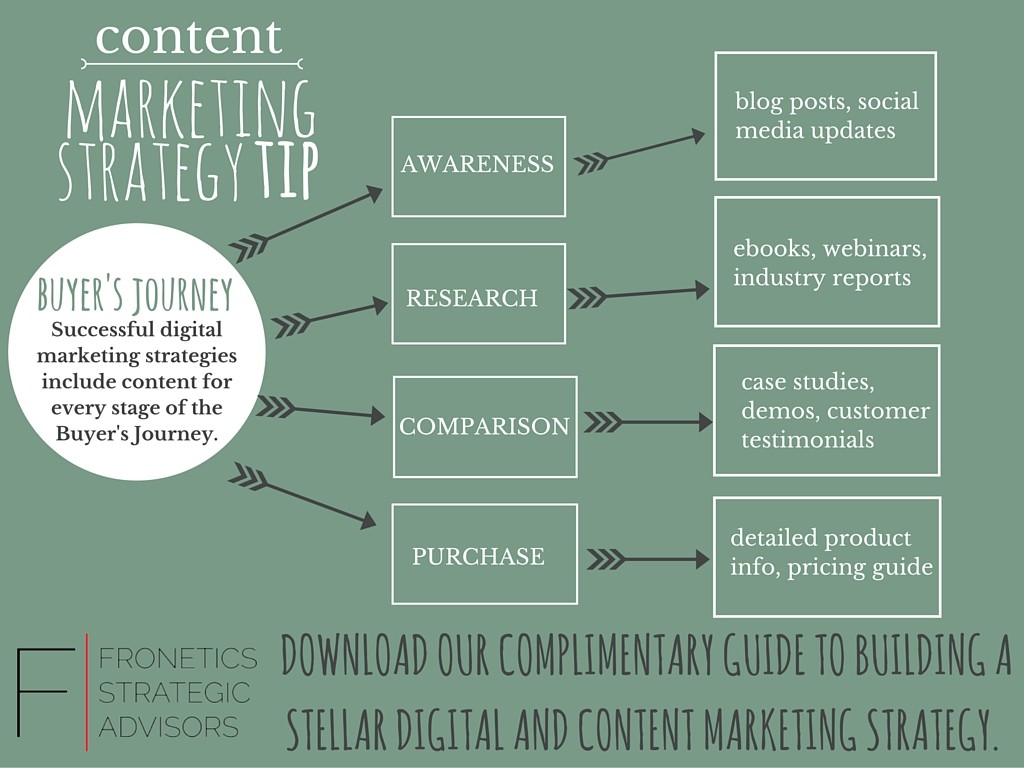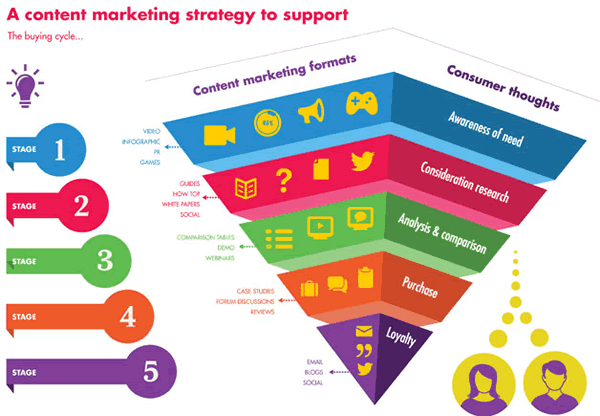Gauging the Success of Your Material Approach: Important Metrics to Track
In the world of electronic marketing, the effectiveness of a material method is frequently gauged with numerous metrics that mirror both reach and impact. While traffic metrics provide a foundational understanding of audience involvement, it is the mix of involvement and conversion metrics that truly reveals the deepness of material vibration and its monetary ramifications.
Web Traffic Metrics
In the world of content technique, understanding web traffic metrics is critical for assessing the performance of digital campaigns. These metrics provide understandings into user behavior, assisting organizations determine the reach and impact of their material. Key website traffic metrics consist of web page views, distinct visitors, and session period, each offering distinctive perspectives on target market interaction.
Page views show the total variety of times a webpage has been seen, while unique visitors gauge the variety of distinct people accessing the content, hence eliminating duplicate counts. Tracking these two metrics together enables a comprehensive understanding of content intake patterns. Furthermore, session period reveals exactly how lengthy users are connecting with the content, giving insights into its significance and engagement degree.
This information is vital for refining advertising approaches and enhancing content distribution networks. By concentrating on traffic metrics, organizations can gauge the exposure of their content, determine fads, and make educated choices to boost total web content approach performance.
Involvement Metrics
While web traffic metrics provide valuable understandings right into customer reach and habits, engagement metrics use a much deeper understanding of how target markets communicate with web content once they show up. These metrics are vital for assessing the quality of customer interactions and the general effectiveness of a material method.
Scroll depth determines exactly how far down the page individuals scroll, providing insights right into content framework and readability. Social shares suggest the level of vibration with the audience, highlighting web content that prompts users to share with their networks.
In addition, remarks and user-generated content can work as indications of audience passion and involvement. High interaction degrees usually correlate with increased brand commitment and advocacy, as users who connect with material are more probable to remember and endorse the brand name.
Conversion Metrics
How effectively does your content drive wanted activities from your audience? Conversion metrics are vital for reviewing the efficiency of your content method in encouraging individuals to take details actions, such as registering for a newsletter, buying, or downloading and install a source. By tracking these metrics, you can determine the roi (ROI) of your content initiatives and identify areas for improvement.
Secret conversion metrics consist of conversion rate, which determines the percent of visitors that finish a desired activity, and the typical order worth, which suggests the common amount invested by consumers. Additionally, tracking list building metrics, such as the number of leads gotten with content, can offer understanding into the effectiveness of your content in supporting potential customers down the sales channel.
An additional important metric is client procurement expense (CAC), which assesses the overall expense connected with obtaining a new client via your web content initiatives. Content Strategy Agency. By evaluating these metrics, you can make data-driven decisions to enhance your web content approach, fine-tune your messaging, and enhance calls-to-action, eventually leading to enhanced conversions and service growth
Search Engine Optimization Efficiency

First, organic website traffic functions as a main sign of SEO success, showing the number of site visitors coming to your site via online search engine results. Examining natural web traffic trends over time can reveal the performance of your optimization efforts.
2nd, keyword positions are crucial as they indicate exactly how well your web content performs for targeted search terms (Content Strategy Agency). Keeping an eye on variations in rankings can help you refine your keyword phrase technique and focus on content enhancements
Third, click-through rate (CTR) is vital, as it gauges the portion of customers who click your web link after seeing it in search engine result. A high CTR suggests that your titles and meta descriptions are relevant and compelling to individual inquiries.
Social Media Effect
What duty does social media play in improving material method original site metrics? Social media acts as a powerful amplifier for content distribution, significantly impacting reach, engagement, and brand name recognition. By tracking social media sites metrics such as shares, likes, remarks, and total interaction rates, organizations can gauge the efficiency of their material approach and determine what resonates with their audience.
In addition, social media sites systems supply important demographic understandings, allowing firms to customize material to specific target market segments. Keeping track of referral website traffic from social networks to the website also aids in comprehending the conversion capacity of social media projects. The connection between social media interactions and website performance can expose the efficiency of material in driving customer behavior.

Final Thought
Finally, measuring the success of a web content method requires an extensive analysis of have a peek at this site various metrics. Website traffic metrics disclose the reach of material, while involvement metrics supply insights into target market interaction. Conversion metrics evaluate the financial implications of material efforts, and search engine optimization performance suggests presence in internet search engine. Evaluating social media impact highlights the effectiveness of web content dissemination. Collectively, these metrics promote educated decision-making and optimization of web content approaches to accomplish preferred outcomes.
While website traffic metrics give a fundamental understanding of audience interaction, it is the mix of involvement and conversion metrics that truly discloses the deepness of content vibration and its economic ramifications. By concentrating on web traffic metrics, organizations can assess the exposure of their web content, identify patterns, and make educated decisions to improve general web content method effectiveness. By tracking social media metrics such as shares, likes, comments, and general engagement rates, organizations can evaluate the performance of their content approach and recognize what resonates with their audience.
In summary, leveraging social media effect metrics not only enhances the understanding of content efficiency but also informs future material development, making certain alignment with audience choices and making best use of general technique performance.
